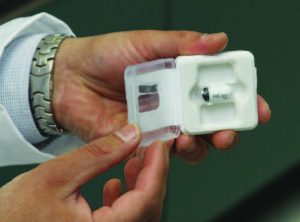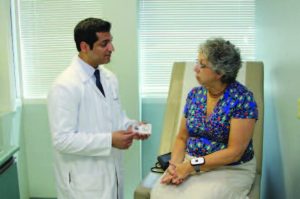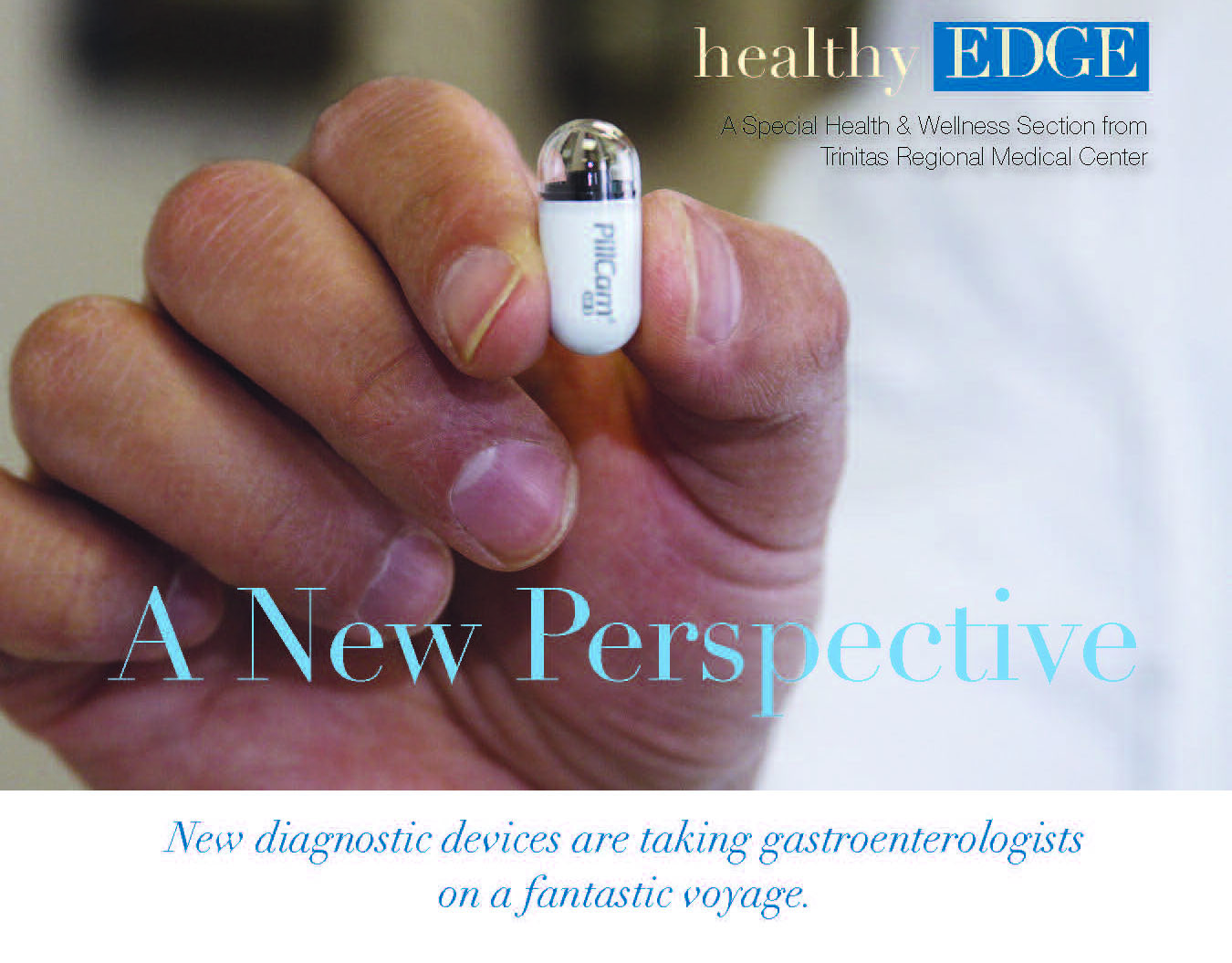New diagnostic devices are taking gastroenterologists on a fantastic voyage
Imagine possessing the ability to enter the body to conduct reconnaissance, diagnose and perhaps save a life without traditional invasive measures. In 1966, sci-fi authors imagined—and Hollywood created—that exciting scenario. In Fantastic Voyage, a CIA agent, a surgeon and three others are charged with removing a life-threatening blood clot from the brain of a comatose Soviet scientist, who barely survived an assassination attempt while defecting to the West.
You probably know the story. The CIA shrinks the crew and its submarine down to one micrometer and inserts the vessel into the scientist’s body. It’s a race against time, as the effects of miniaturizing begin wearing off after an hour.
 Pretty exciting stuff back then—not to mention a field day for the special effects team.
Pretty exciting stuff back then—not to mention a field day for the special effects team.
Miniaturization took a more humorous turn in the 1987 film Innerspace, when an experimental craft piloted by a naval aviator is miniaturized and—through a series of unlikely events—injected into a hypochondriacal grocery clerk, played by Martin Short. For the record, both Fantastic Voyage and Innerspace won Oscars for Best Visual Effects.
Fast-forward a few decades. People, submarines and aircraft aren’t miniaturized, but medical devices complete with cameras and data retrieval capabilities are.
In 2006, MIT Technology Review reported on a then recently-FDA-approved diagnostic device the size of a vitamin pill, which could be ingested. Once inside the body, the device for diagnosis of gastroenterological conditions could gather information along its way through the digestive system. The sensor could then transmit information to an external receiver, about the size of a cell phone, worn by the patient. Once its data gathering was complete, the diagnostic device was excreted through normal bodily functions. The patient could then return to the gastroenterologist’s office with the external receiver for data analysis.

While being interviewed for this article, Dr. Neil Kheterpal described the intricacies of the PillCam SB 3 to writer Kathryn Salamone.
At that time, such a device gave gastroenterologists information on digestive disorders that could not be easily obtained through previous methods. Before the advent of this type of diagnostic sensor, taking a look at the twists and turns of the intestines was both invasive and unpleasant for the patient. In less than a decade, these devices have become a valuable tool for gastroenterologists in diagnosing digestive disorders. They make exploring the 25 feet of the small and large intestines almost as easy as using a GPS device.
Dr. Neil Kheterpal, gastroenterologist at Trinitas Regional Medical Center, has been using the PillCam line of medical diagnostic devices—developed and manufactured by Israel-based Given Imaging—since 2007. He is confident that the latest generation, the PillCam SB 3, will be of great benefit to the diagnostic procedures he performs on his patients at Trinitas.
“This technology has played a major role in our better understanding of the small intestines,” Dr. Kheterpal explains. “The mobility of the device has made viewing the intestines much easier and has improved our diagnostic capabilities as a result. I have found it to be an exceptionally valuable tool in my role as a diagnostician.”
Equipped with a sophisticated camera and sensors, the latest generation offers diagnosticians two new benefits, notes Dr. Kheterpal. “I have used the two earlier generations of the PillCam in the past seven years. They offered images of excellent quality. But, this latest version exceeds that level with images of even higher resolution, a 30 percent improvement over the PillCam SB 2.”
Also, the device now has the capability of capturing images at varying rates of speed through an adaptive frame rate technology. In other words, while traveling through the intestinal track, sensors will respond when the capsule is moving slowly or quickly. Slow movement will allow the camera to capture images at two frames per second, while faster movement will capture up to six images per second.
In his years of using the earlier generations of PillCam, Dr. Kheterpal has recognized the high standards of the device. He considers the PillCam “the pioneer” in diagnostic devices for gastroenterologists. “What started out as a promising concept and purpose has shown its worth in successive generations as these refinements demonstrate,” he observes.

Neil Kheterpal, DO Gastroenterologist, TRMC 908.282.0500
However, Dr. Kheterpal stresses that the PillCam SB 3 or any future generations of this device will not replace tradi-tional colonoscopies. “The PillCam SB 3 and its predecessors have given us a view of the intestinal track that we didn’t have before. It’s just one of the tools that we have in the arsenal of disease diagnosis that ultimately helps in diagnosis and in recommending potential disease treatment, helping to contribute to the best possible outcomes for patients. Treatment will continue to be the domain of other more invasive procedures. Diagnosis is the one thing that this device is designed for and it does it exceptionally well.”
 WATCH WHAT YOU EAT
WATCH WHAT YOU EAT
As in the case of many chronic conditions, diet can play an important role relieving the impact of various digestive disorders. According to the U.S. National Library of Medicine, these strategies can help ease symptoms…
- Eating small amounts of food throughout the day.
- Drinking lots of water (drink small amounts often throughout the day).
- Avoiding high-fiber foods (bran, beans, nuts, seeds, and popcorn).
- Avoiding fatty, greasy or fried foods and sauces (butter, margarine, and heavy cream).
- Limiting dairy products if you have problems digesting dairy fats.
Try low-lactose cheeses, such as Swiss and cheddar, and an enzyme product, such as Lactaid, to help break down lactose.
- Avoiding foods that you know cause gas, such as beans.
Also, ask your doctor about extra vitamins and minerals you may need, such as iron supplements (if you are anemic), calcium and vitamin D supplements to help keep your bones strong, and vitamin B12 to prevent anemia.





